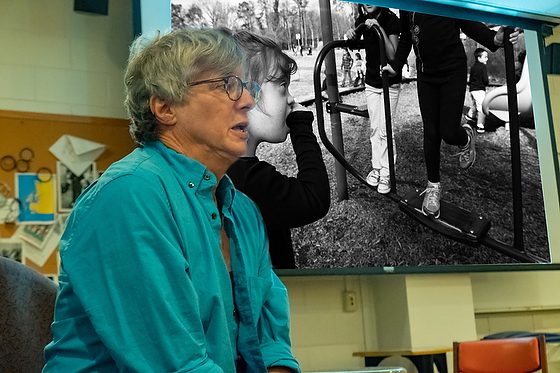Robin Rayne Nelson spoke to two of my intro to photojournalism classes today. I love my job. As a photojournalist, I met and photographed some of the most exciting people.
Teaching photojournalism gives me an excuse to invite some of my heroes of photojournalism to speak to the class.
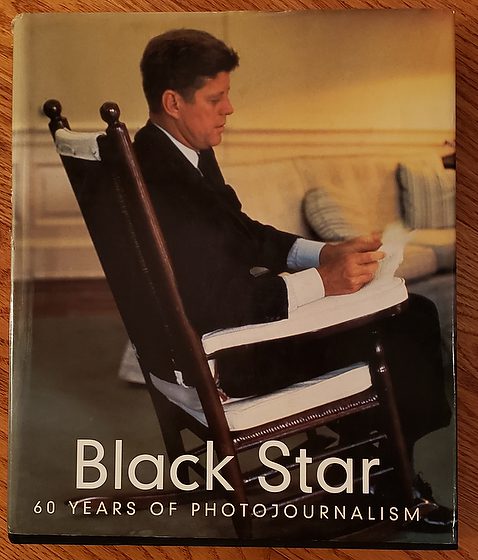
This is one of the photojournalism books I have had for years. Robin is one of the photographers whose work is part of the Black Star Picture Agency. Robin was on staff with them for years.

Black Star, also known as Black Star Publishing Company, was started by refugees from Germany who had established photographic agencies there in the 1920s. Today it is a New York City-based photographic agency with offices in London and White Plains, New York. It is known worldwide for photojournalism, corporate assignment photography, and stock photography services. It is noted for its contribution to the history of photojournalism in the United States. It was the first privately owned picture agency in the United States and introduced numerous new techniques in photography and illustrated journalism. The agency was closely identified with Henry Luce’s magazine Life and Time.
Black Star was formed in December 1935. The three founders were Kurt Safranski, Ernest Mayer, and Kurt Kornfeld. In 1964, the company was sold to Howard Chapnick. The three founders, Safranski, Mayer, and Kornfeld, were German Jews who fled Berlin during the Nazi regime.
Black Star photographers include Robert Capa, Andreas Feininger, Germaine Krull, Philippe Halsman, Martin Munkácsi, Kurt Severin, W. Eugene Smith, Marion Post-Wolcott, Bill Brandt, Henri Cartier-Bresson, Charles Moore, James Nachtwey, Lee Lockwood, Mario Giacomelli, and Spider Martin.
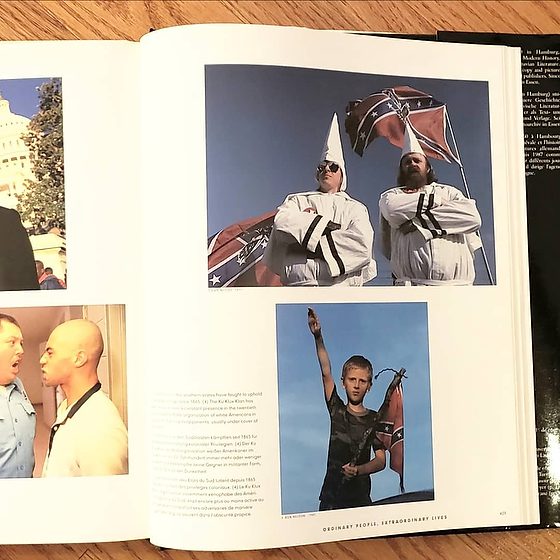
Robin took photos of the Klu Klux Klan in 1985, published in the book.
We showed a short documentary Robin produced and then took just 6 of Robin’s photos for the class to see and discuss the back story of each of the images.
Here are Robin’s photos we talked about:


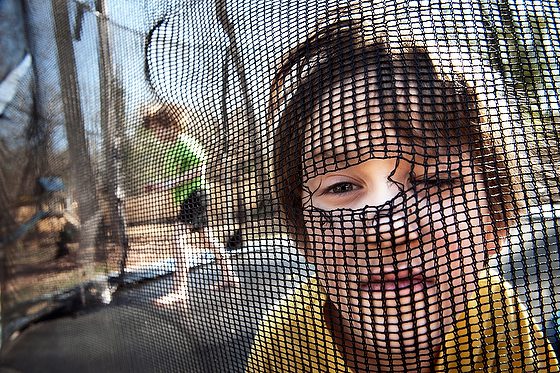
Autism spectrum disorders cut across all lines of race, class, and ethnicity. Autism impacts millions of children, adults, and their families worldwide. Boys have a significantly higher incidence of autism than girls: four out of every five people with autism are male. Because of the genetic link, siblings of a child with autism have a greater chance of being diagnosed with an autism spectrum disorder. Autism spectrum disorders affect not only the person diagnosed with the disease but also significantly impact the entire family with various social, financial, and other practical demands.
PICTURED: Now eight years old, Sam (in yellow) and Ben still spend much of their day after school and weekends on their trampoline. They are still non-verbal but understand some of what they hear. [NIKON D700, 24.0-70.0 mm f/2.8, ISO 250, ƒ/8, 1/80]
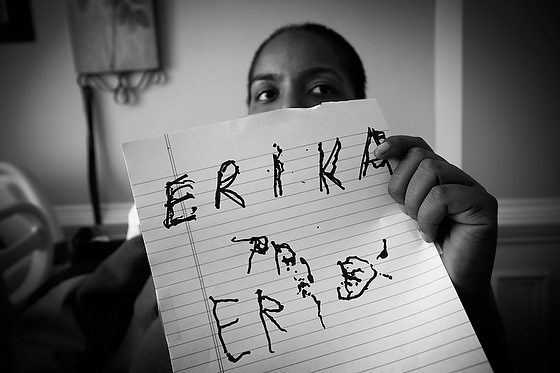
Pictured: Erika displays her attempt to write her name [NIKON D4, 17.0-35.0 mm f/2.8, ISO 1000, f/7.1, 1/125]
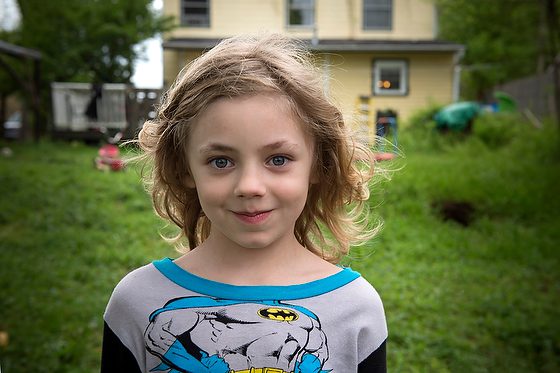
Pictured: Ziya, wearing cherished Batman pajamas, outside the family’s home. [NIKON D4, 24.0-70.0 mm f/2.8, ISO 250, ƒ/6.3, 1/100]
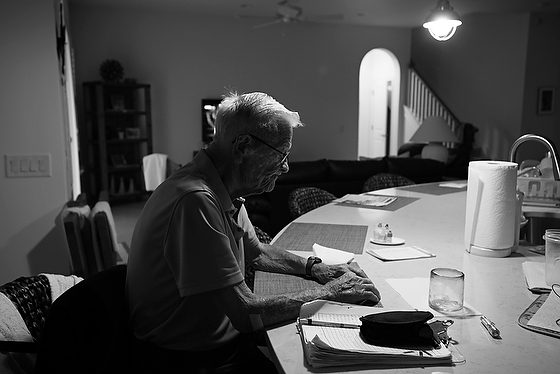
We didn’t have any of the captions when we showed them to the class. I asked the class to tell me what they thought the story was for each photo. Robin was surprised at how well they read the images visually.
After a couple of minutes, Robin told us the photo’s story and back story.
Students were able to ask Robin questions.
One great quote Robin said to both classes and worth leaving here is about finding your passion.

